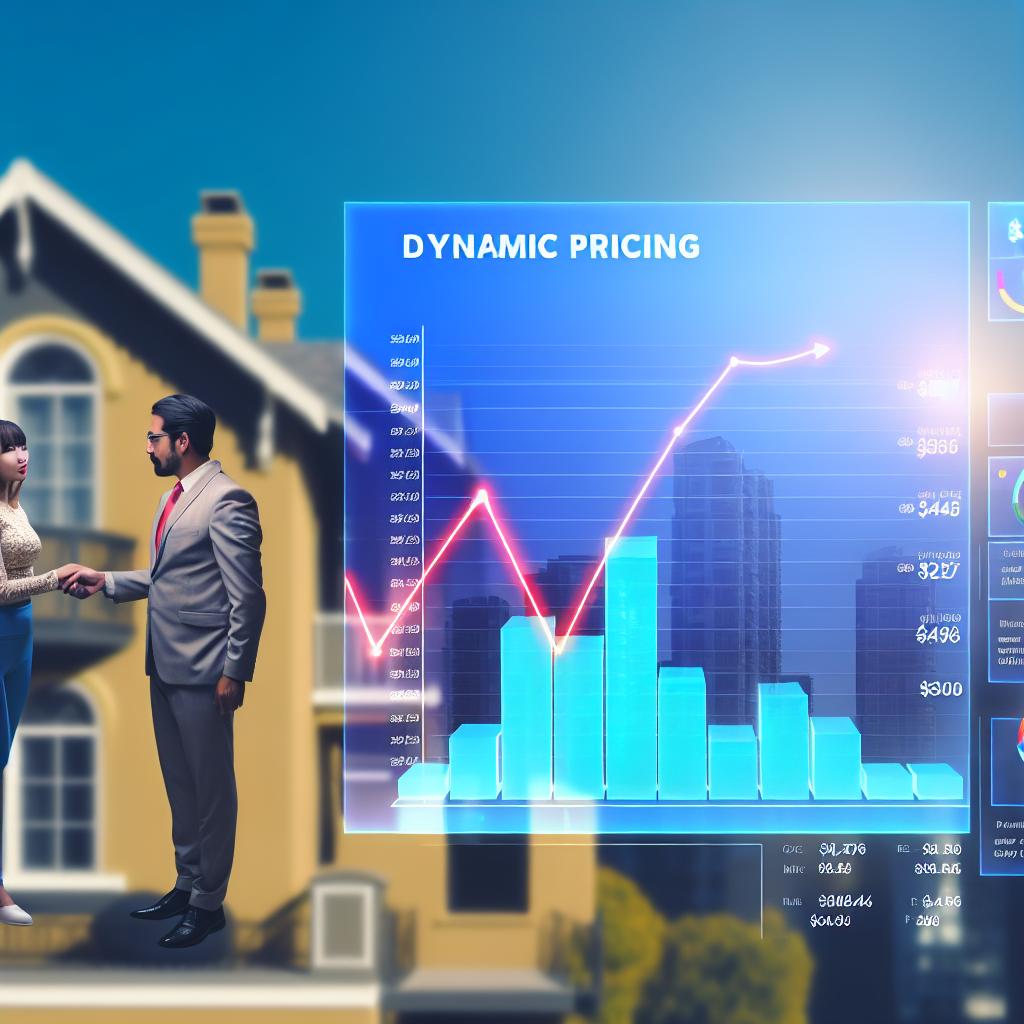Understanding Dynamic Pricing
Dynamic pricing, also known as variable pricing or demand pricing, is a modern pricing strategy where the price of a product or service is not fixed but varies based on several factors. This approach allows businesses to adjust prices in real time, ensuring they reflect the current market conditions. Commonly adopted in various sectors, dynamic pricing is particularly gaining momentum in the rental property industry as it holds the potential to optimize revenue generation.
How Dynamic Pricing Works
At its core, dynamic pricing utilizes complex algorithms that analyze a broad range of data inputs. These data points may include booking patterns, local event schedules, competitor pricing, seasonality factors, and prevailing economic conditions. The algorithms leverage this information to adjust rental prices, maintaining a price that accurately mirrors the existing market demand. For instance, during peak demand times such as holidays or major local events, prices are likely to rise. Conversely, during periods of low demand, prices can be lowered to attract potential renters, thereby sustaining occupancy rates.
Technological Integration
To facilitate the successful deployment of dynamic pricing strategies, property owners and managers often rely on specialized software or online platforms. These tools are designed to automatically synchronize listing prices across a multitude of booking platforms, ensuring that the rental properties are competitively priced at all times. Certain popular tools are specifically crafted for managing short-term rentals and offer seamless integration with leading booking websites. This technological assistance not only minimizes the time investment required for manual adjustments but also enhances the accuracy and competitiveness of pricing strategies.
Benefits of Dynamic Pricing for Rental Properties
Utilizing dynamic pricing brings a myriad of advantages for rental property owners eager to capitalize on their revenue potential.
Maximized Revenue
A significant benefit of employing dynamic pricing is the capability to maximize revenue. By modifying rates in response to fluctuating demand, property owners can ensure they are charging the most competitive price possible. This prevents loss from underpricing during high-demand periods and reduces vacancies and revenue loss during slower times.
Improved Occupancy Rates
Dynamic pricing is instrumental in maintaining robust occupancy rates. In off-peak seasons when demand typically dwindles, reduced prices can entice more renters, aiding in the stabilization of occupancy numbers. This strategic flexibility prevents properties from lying vacant, ensuring continued cash flow to cover perpetual expenses such as maintenance and mortgage commitments.
Competitive Advantage
In highly competitive rental markets, dynamic pricing offers a vital strategic benefit. By being responsive to evolving market trends and competitor pricing shifts, property owners can advantageously position their offerings. This adaptability not only appeals to more tenants but also helps in building a reputation for offering valuable rentals.
Implementing Dynamic Pricing
For rental property owners aiming to implement dynamic pricing effectively, several crucial steps should be considered:
Data Analysis
Effective dynamic pricing is heavily dependent on insightful data analysis. Property owners need to meticulously evaluate historical booking data, grasp prevailing local market trends, and consider the impact of factors like local events and seasonal variations. Such a data-driven approach ensures that pricing decisions are strategic and well-informed.
Choosing the Right Tool
Selecting the most suitable software or platform to facilitate dynamic pricing is of utmost importance. The chosen tool must align with the specific needs of the property and should offer features such as seamless integration with booking platforms and comprehensive analytics. A well-suited tool makes a significant difference in executing a successful dynamic pricing strategy.
Continuous Monitoring
Dynamic pricing is not a static strategy; it necessitates ongoing scrutiny and refinement. Continuous monitoring of pricing strategies alongside changing market conditions is vital for success. Regular assessments and subsequent adjustments based on performance analysis aid in refining pricing strategies and ensuring enduring success.
For those seeking more in-depth guidance on implementing dynamic pricing in rental properties, exploring industry-specific resources or consulting with a pricing expert would be beneficial. Organizations like Smart Price Management offer resources and guidance tailored to the rental market, enabling property owners to refine their pricing strategies. For additional insights, consider visiting Smart Price Management, which hosts a wide array of resources on advanced pricing strategies in the rental sector.

 What is dynamic pricing, and how can it benefit your rental property?
What is dynamic pricing, and how can it benefit your rental property?